Plants are finicky creatures. They grow in all sorts of different ways, and it can be difficult to know the best way to care for them. One question with a lot of people is whether or not they should untangle plant roots when transplanting plants.
In this article, we’ll discuss what you should do when the roots become tangled and why it’s important to consider all options before untangling them.
Should I Untangle Plant Roots When Transplanting?
Yes, untangling plant roots will help a plant to grow more successfully. However, it must be done carefully and with consideration for the entire plant. Not untangling the roots can result in a lack of nutrients reaching the plant, which can lead to a slow death.
There are several ways that you can approach untangling roots of transplanted plants and each has its own benefits and drawbacks depending on your gardening needs.
The best way is to remove the bottom half with a saw, and then use a fork or chopstick to loosen the roots.
Many people use a hose to bare-root their plants. However, doing this can destroy the feeder roots, which are vital to the plant’s health.
Fortunately, roots are resilient. They will grow back again so you don’t need to worry about it too much! Just be sure not to go overboard by ruining all of them! The goal is to allow the roots to reach the new soil, not to remove them all completely.
Is It Ok To Trim Roots When Transplanting?
Yes, you can trim the roots when transplanting your plant. This, however, should be done very carefully and with a lot of consideration for the plant.
Use a pair of sterilized scissors to trim the roots. Be sure to cut them neatly and make snips instead of cuts when possible for a cleaner look.
You can also use gardening shears or pruners, but be very careful not to damage the plant by removing too much root! This will ultimately do more harm than good when transplanting plants because it will prevent them from absorbing water properly in their new environment.
Should I Break up the Whole Root Ball When Transplanting?
There is no need to break up the root ball when transplanting plants.
It is important, however, to loosen the rest of the roots with a fork or chopstick if possible. This will help your plant grow better by allowing water and nutrients easier access into the soil once you have transplanted them in their new home!
You can also use a hose for this process but make sure not to damage feeder roots while doing so.
Untangling Roots FAQs
In case you’re still a bit unsure, I will now answer some of the most frequently asked questions.
When should I untangle plant roots?
The best time to untangle roots is when you first transplant your plants. It’s best only to untangle when absolutely necessary.
How long will roots take to grow after transplanting?
If they are untangled properly, plant roots should regrow very quickly after transplanting! As a general rule of thumb, most plants will begin showing signs of recovery within two weeks or so. However, some may need up to three before they look as good as new again. Just be patient and wait for them to come back on their own!
How do I remove the bottom half of a root ball with a saw?
Wear protective gear and cut straight through the middle, making sure not to damage other parts of the plant!
What should I use if my scissors get too dirty or wet while trimming branches/roots? It’s important that they stay as clean as possible so disinfect them after each use by dipping them in alcohol for about five minutes before thoroughly drying them off.
Do all types of plants need their feeder roots intact?
No, but most will benefit from it! Feeder roots are vital because they provide water and nutrients directly into the soil where the rest of the plant’s roots are located.
Where should I cut when removing a root ball with gardening shears? Cut off the bottom half of the root ball and use a fork or chopstick to loosen any other tangled roots around it before gently shaking them out! Be very careful not to damage feeder roots while doing so though!
Is there anything else that I can do for my transplanted plants after untangling their roots?
Yes, making sure they get plenty of water is really important too because this will help your new plants settle into their new environment easily and grow even better over time!
Conclusion
In conclusion, you should always remove the bottom half of the plant with a saw and then loosen up the remaining roots by using a fork or chopstick.
If you follow these steps, you will have happy and healthy transplants that are well on their way to thriving in their new home.
Tim is an avid gardener from the UK. He was the founder of PlantCarer.com from 2021 to Sep 2023. He sold PlantCarer.com to Aaron. He has since started his own business called Seed To Supper, which provides new gardeners all the materials you need in a box (pots, seeds, compost and instructions) to grow your own delicious and nutritious vegetables and herbs from start to finish – no garden required.



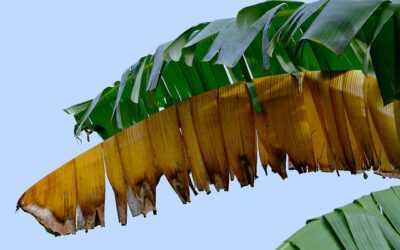

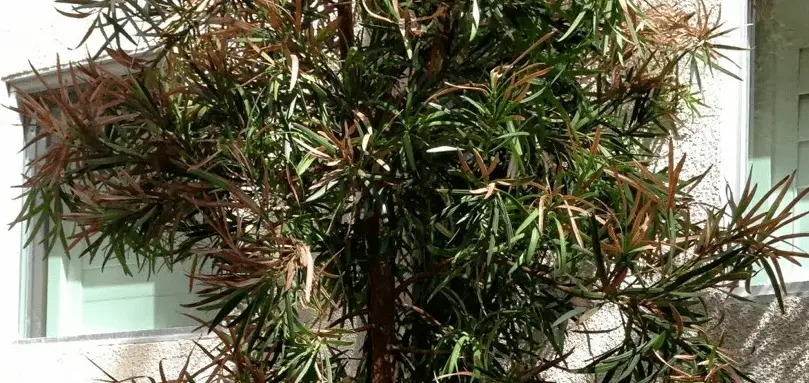
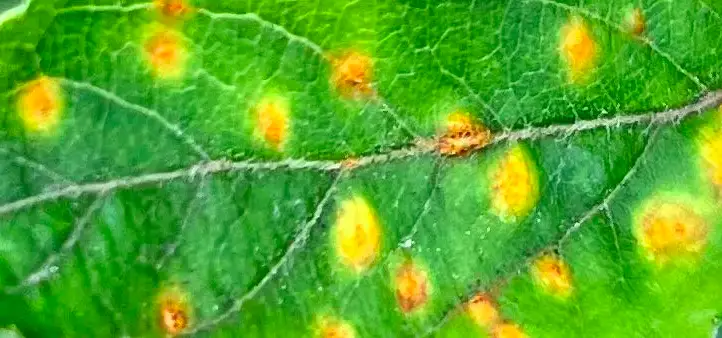
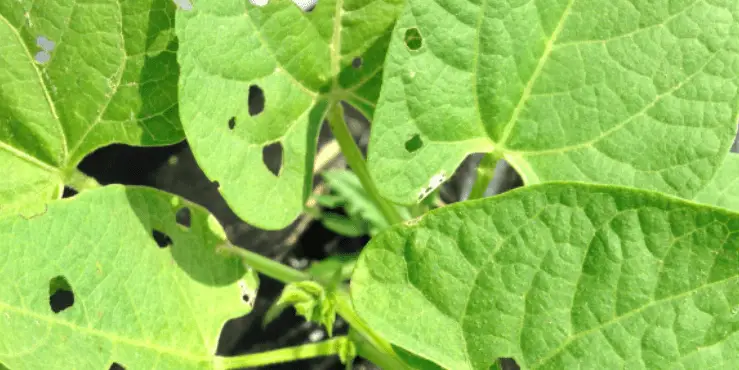
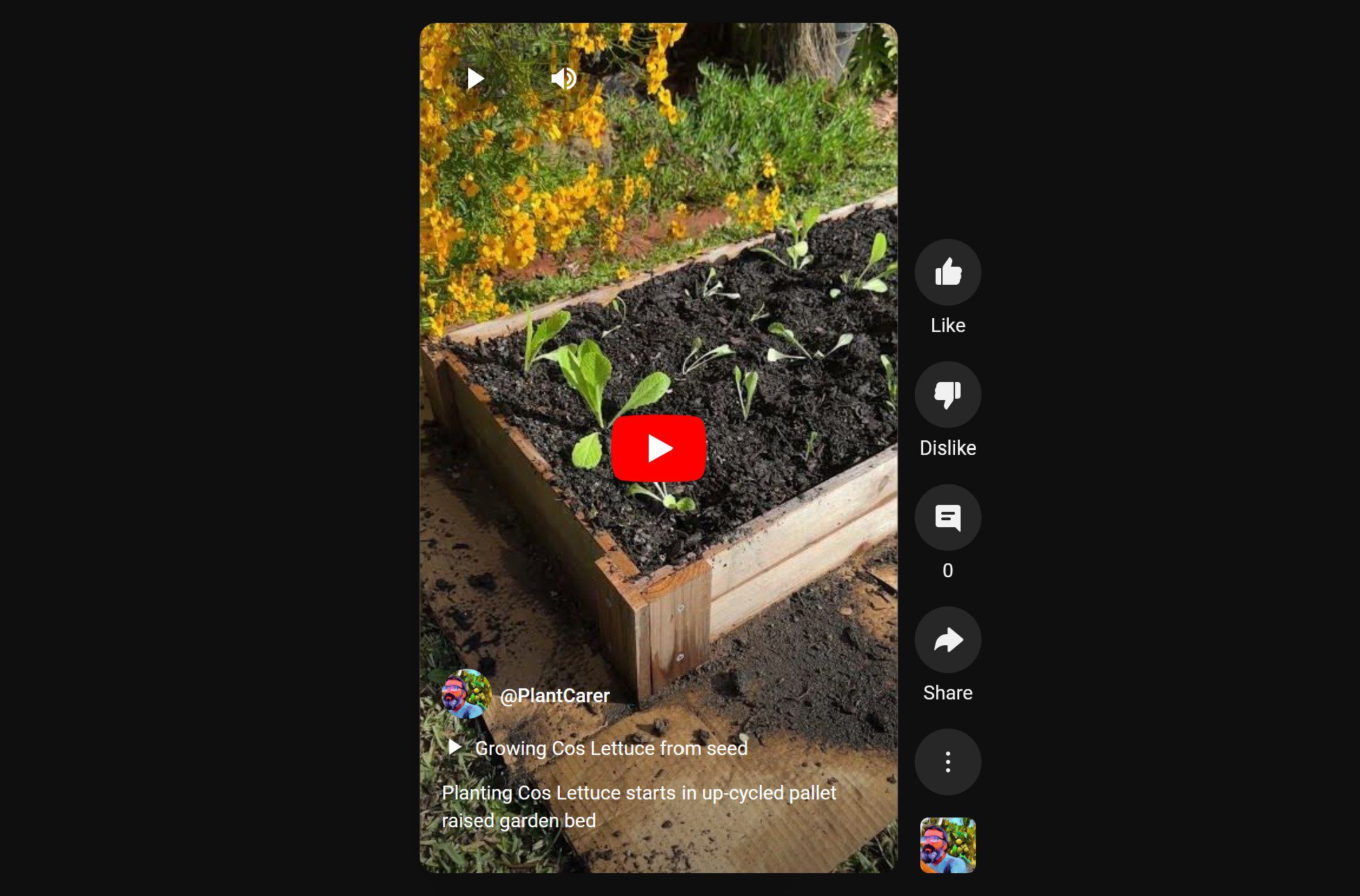
0 Comments